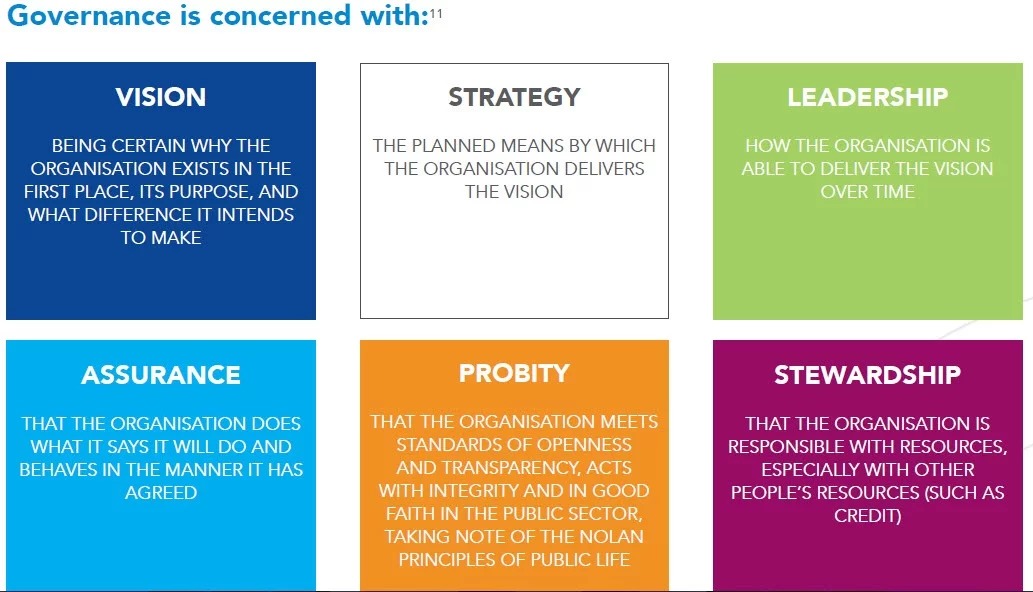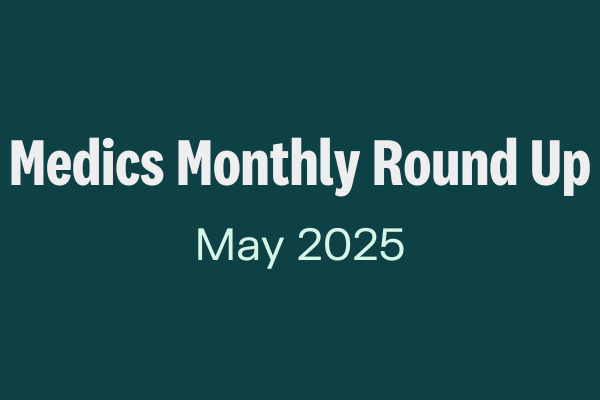This is the first in a series of blogs on governance and the benefits of mechanised assurance. The content is taken from a Good Governance Institute whitepaper, developed with Allocate with contributions from NHS colleagues.
Governance: What’s it all about?
Stripped back to its primary function, good governance in healthcare is all about ensuring that the organisation is performing well for its patients and stakeholders, and delivering its strategic objectives. An effective board is integral to this, with research showing that leadership is the most important influence on organisational culture: high-quality leadership and governance is a fundamental factor in delivering the mission of the NHS to close the health and well-being gap, the care and quality gap and the funding and efficiency gap.
In many cases, governance is often seen as being simply the processes and structures involved in achieving the desired performance outcomes and demonstrating compliance for the regulators. While this is important, it does raise the question of how the people at all levels of the organisation fit into this. In recent years, inspired by the work and ideas of Professor Mervyn King, best known as Chair of the South African King Committee on Corporate Governance, GGI has developed the mechanics and dynamics model of governance, in which the leaders and staff that make up the NHS play a central role.
“Leadership starts with each person charged with governance duties, but in addition, the governing body as a collective must set the ethical example and tone”
The mechanics of governance, therefore, are the structures and processes of governance, or, ‘what you can see on paper’: audit, risk management, policies, committee structures and terms of reference. The dynamics, on the other hand, are the people that put this into practice, their behaviours, etiquette and leadership styles, and the organisational culture and strategy. While many organisations have good structures in place, which is of course vital, it is rarer to find organisations that have positive and effective dynamics in place. The organisations that are most successful are those that marry the two. The bottom line is that although organisations do need good mechanics in place, it will be difficult to progress without the right behaviours and etiquette.
Good governance begins with setting a clarity of purpose, roles and behaviours. Boards of NHS organisations need to ask themselves one fundamental question: ‘What is the point of this organisation?’, establishing the purpose of the organisation and then the vision to support the achievement of the purpose. In order to achieve the organisation’s purpose, those in governance roles need to have clarity about their contribution to this and demonstrate behaviours that will support the achievement of the organisation’s purpose. The role of the board should be primarily strategic, acting as the guiding mind of the organisation and making decisions to help the organisation achieve its strategic objectives.
While the board’s role is not to be involved in the day to day running of the organisation, it does need to be ‘assured’ of the performance of the organisation and the principal risks facing it, to ensure that these risks are handled and do not hinder the achievement of the organisation’s purpose and strategic objectives. The assurance process needs to be sound if boards are able to properly fulfil their responsibilities.This relies on having an effective system in place, as well as buy-in at both staff level and board level in order to have a lasting impact.

Request the full whitepaper or subscribe to the blog to receive an email notification when the next excerpt is published.

Andrew Corbett-Nolan is the Chief Executive of GGI, and has worked in healthcare since joining the NHS in 1987. He specialises in board development work, and some of the more complex governance reviews that GGI undertakes. Visit http://www.good-governance.org.uk/ to find out more about the GGI





